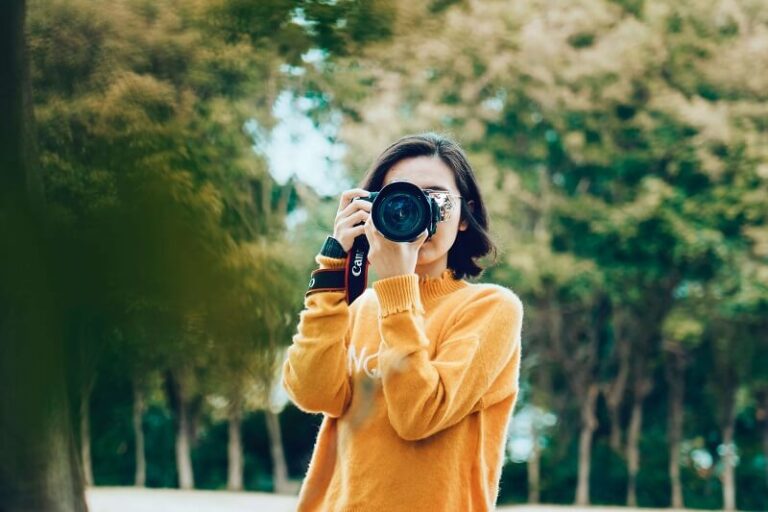Minimalist photography is an art form that embraces simplicity, focusing on essential elements within a scene while eliminating distractions. By stripping away unnecessary details, minimalist photographers create images that are clean, uncluttered, and visually impactful. In this article, we’ll delve into the principles of minimalist photography and explore how photographers use simplicity to convey powerful messages and evoke emotions.
Embracing Negative Space
One of the key principles of minimalist photography is the use of negative space, which refers to the empty or blank areas surrounding the main subject. By incorporating ample negative space into their compositions, photographers draw attention to the subject and create a sense of balance and harmony within the frame. Negative space can enhance the visual impact of an image and evoke feelings of calmness, tranquility, and solitude.
Focusing on Form and Shape
Minimalist photography often emphasizes form and shape, highlighting the geometric patterns, lines, and curves present in the scene. By isolating and accentuating these elements, photographers create visually striking images that are both simple and dynamic. Whether it’s capturing the graceful curve of a staircase, the straight lines of a building facade, or the repetitive patterns of a minimalist landscape, form and shape play a central role in minimalist compositions.
Playing with Light and Shadow
Light and shadow are essential elements in minimalist photography, contributing to the overall mood, atmosphere, and visual appeal of an image. Photographers often use soft, diffused light to create gentle gradients and subtle contrasts, adding depth and dimension to the scene. By carefully controlling the interplay of light and shadow, photographers can enhance the sense of depth, texture, and drama within a minimalist composition, resulting in images that are both serene and captivating.
Simplifying the Composition
In minimalist photography, simplicity is key, with photographers striving to eliminate distractions and focus on the essence of the scene. By simplifying the composition, photographers create images that are clean, uncluttered, and visually compelling. Whether it’s removing extraneous elements, cropping tightly around the subject, or framing the scene with minimalistic elements, the goal is to distill the image down to its purest form, allowing the viewer to focus on the beauty and simplicity of the subject.
Conveying Emotion and Mood
Despite their simplicity, minimalist images have the power to evoke strong emotions and moods, ranging from serenity and calmness to mystery and contemplation. Through careful composition, use of negative space, and manipulation of light and shadow, photographers can imbue their images with a sense of atmosphere and emotion that resonates with viewers on a deep level. Whether it’s capturing the quiet stillness of a deserted landscape or the tranquility of an empty room, minimalist photography invites viewers to pause, reflect, and find beauty in the simplicity of the moment.
Minimalist photography is a powerful art form that celebrates simplicity, clarity, and elegance. By embracing negative space, focusing on form and shape, playing with light and shadow, simplifying the composition, and conveying emotion and mood, photographers create images that are visually striking, emotionally resonant, and conceptually rich. Whether it’s capturing the essence of a subject with minimalistic elements or evoking a mood through subtle nuances of light and shadow, minimalist photography invites viewers to see the world with fresh eyes and appreciate the beauty of simplicity in all its forms.




